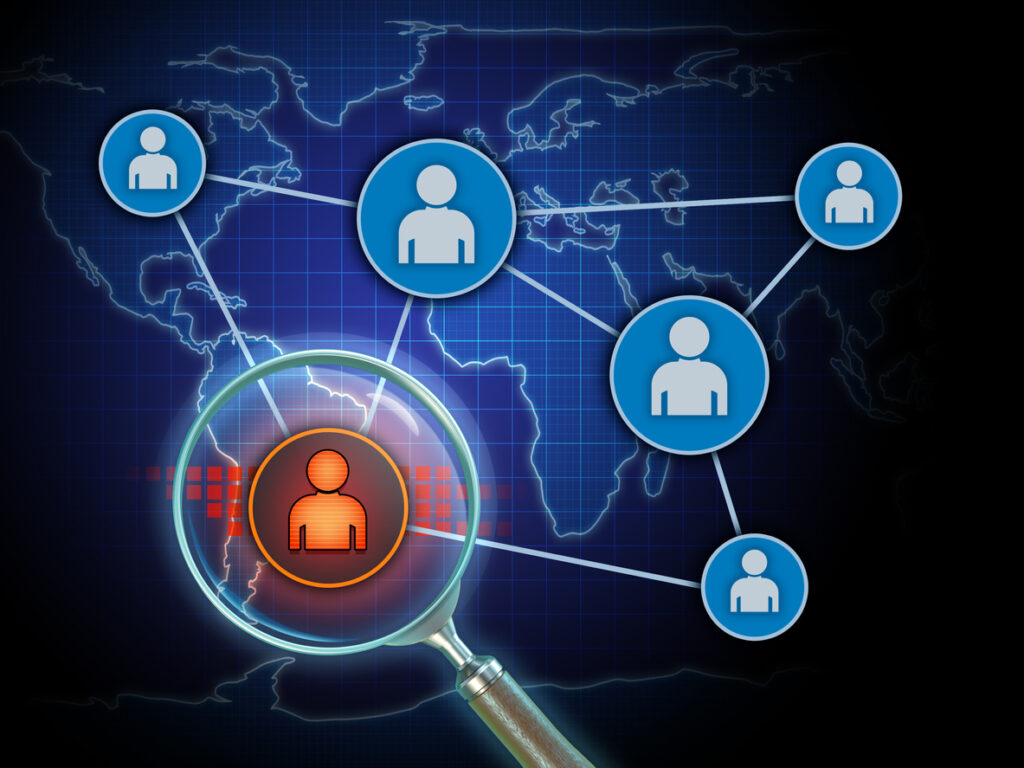Insider threats are a major and growing concern for organizations, as the human factor is often the most difficult to control and predict when it comes to data security and privacy. With digitization, the amount of digital data is growing exponentially, and with it comes an increase in the number of systems and human interactions with data. More interaction means that data is exposed to more security vulnerabilities.
The potential risks from insider threats are numerous, including financial fraud, data corruption, theft of valuable information and malware installation. These incidents can lead to data breaches that expose sensitive information such as personally identifiable information (PII) or intellectual property (IP) and can result in large fines, while their detection is no easy task for security teams.
What are insider threats in cybersecurity?
Insider threats are cybersecurity risks that originate within the organization itself. They can be caused by users with legitimate access to the organization’s assets – including current or former employees, contractors, business partners, third-party vendors, etc.
Insiders can vary significantly in awareness, motivation, intent, and level of access. Traditional security measures such as firewalls or antivirus systems focus on external threats and are not always able to detect threats originating from within the organization. In addition to being invisible to traditional security solutions, attacks from insiders can be more difficult to detect or prevent than attacks from the outside and can go unnoticed for months or years.
Difference between internal and external threats
In many ways, insider threats can do far more damage than external threats. This is because an insider threat potentially has direct access to sensitive data and critical applications, which it can exploit by moving laterally and vertically until it reaches its desired target.
For example, it is easy for cybercriminals to hack an administrator’s account to gain access to the root server and database system. Most companies are also not adequately protected against attacks from the inside, making them much easier to carry out than attacks from the outside. And in many cases, the attacker can carry out his malicious activities undetected. For example, a hacker can trick a user into giving him his credentials, which then allows him to log in as a legitimate user and steal data without being noticed. He could also gain access to a trusted insider, and then lie in wait until he achieves his goal. Without IGA tools, administrators would never notice this because there are no guardrails to guarantee a minimum level of privilege.
Finally, the measures that protect against external threats are largely useless against internal attacks, as they are simply bypassed. Therefore, specialized solutions are needed to effectively combat them.

How IGA can help mitigate insider threats
An IGA tool is a fundamental protection against insider threats. That’s because it addresses the core of what makes insider threats dangerous and effective – identity theft. GA provides a streamlined way to manage an organization’s identities, including user accounts and access rights. Ensure that employees, contractors and outsourced IT departments can only access network resources designated for them. In addition, access rights can be granted or revoked automatically, depending on the situation. For example, if the system suspects that an account has been compromised, it can revoke all privileges to prevent the account from further penetrating the network. This is also useful for tracking down and deleting orphaned accounts that are easy targets for insider attacks.
IGA tools also have monitoring and analysis capabilities that constantly check user activity. If an irregularity is detected, the account in question can be immediately blocked as a preventative measure. In other words: IGA is like a watchful eye, keeping an eye on the network around the clock.
A robust IGA solution combines user lifecycle management, role-based access control, and automated auditing to reduce the risk of unauthorized data breaches. It also enables organizations to scale and keep up with changing business needs thanks to the following capabilities:
- Automated User Lifecycle Management: The Automated User Lifecycle Management feature helps you protect against insider threats by reducing the number of users with access to confidential data. It also mitigates the risk of hackers and security breaches by providing a comprehensive view of user activity across all platforms.
- Role-Based Access Control: RBAC limits network access to users according to their role within the company. This best practice reduces the risk of breaches by preventing unnecessary access, such as the ability to view or modify files. Another advantage of RBAC is that it helps limit access to resources, such as applications and data. It also allows companies to define the permissions required for each user and resource easily.
- Automated Auditing: It can help you identify suspicious behavior and prevent insider threats. It is also capable of detecting unauthorized access to critical applications. Automated auditing enables you to create traceable, consistent processes and produce reliable and accurate results. These standardized systems and procedures ensure that auditing is conducted the same way each time to detect errors quickly.
- Compliance Management: Compliance management software can help you protect against insider threats by limiting access to sensitive information and applications. It also enables you to comply with regulatory requirements, saving your organization money and reputational damage.
Insider threat indicator monitoring
Robust monitoring and security analytics detect any suspicious activity that could indicate an insider threat. This allows malicious access to be quickly detected and patterns used to identify potential threats before they cause real damage.
A comprehensive IGA solution also helps protect against data loss by alerting when files are accessed without authorization. Such a solution can even detect when privileged users gain unauthorized access to sensitive data and take it out of the organization. With this feature, potential internal threats can be quickly identified and action taken before damage is caused.
